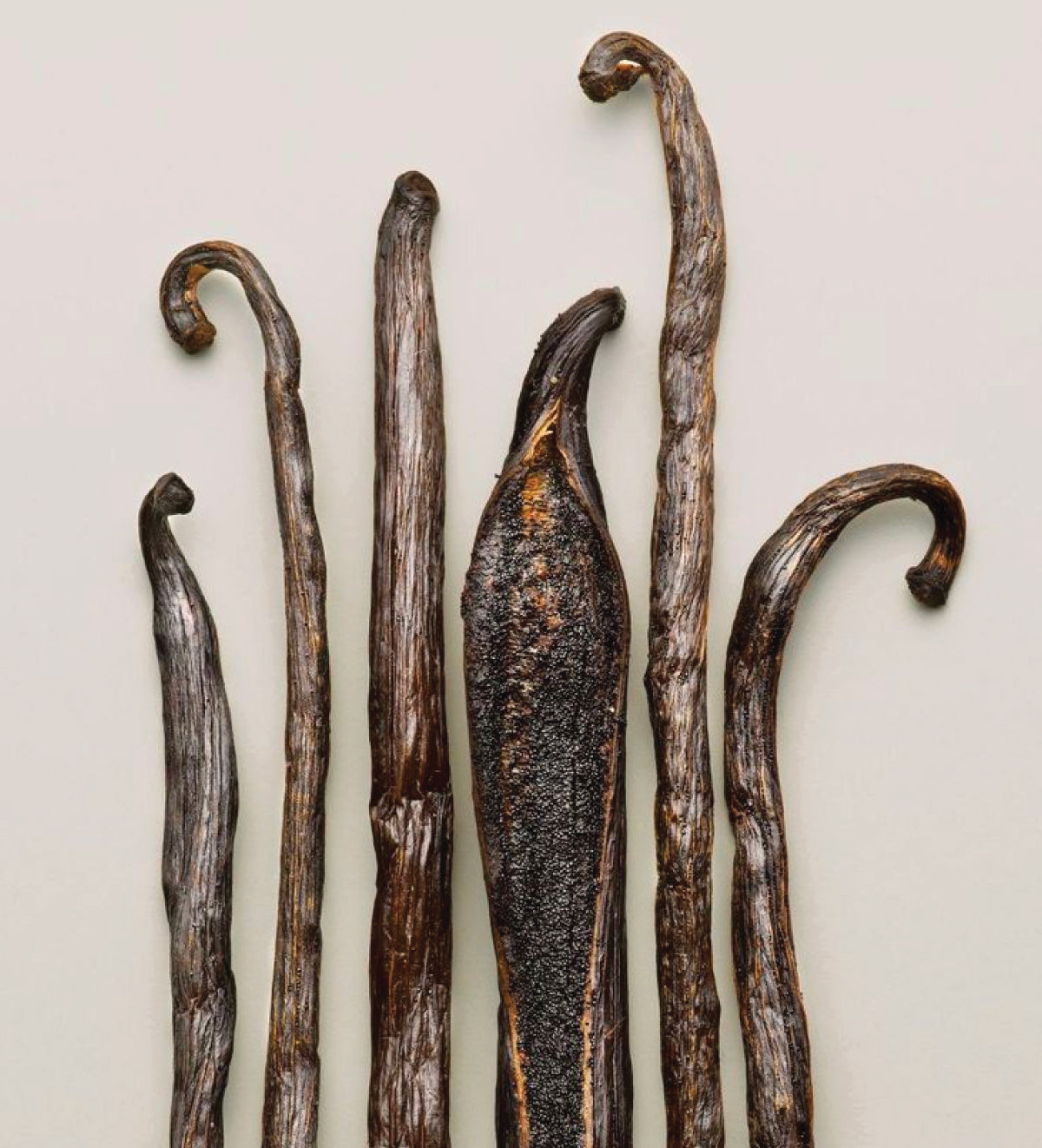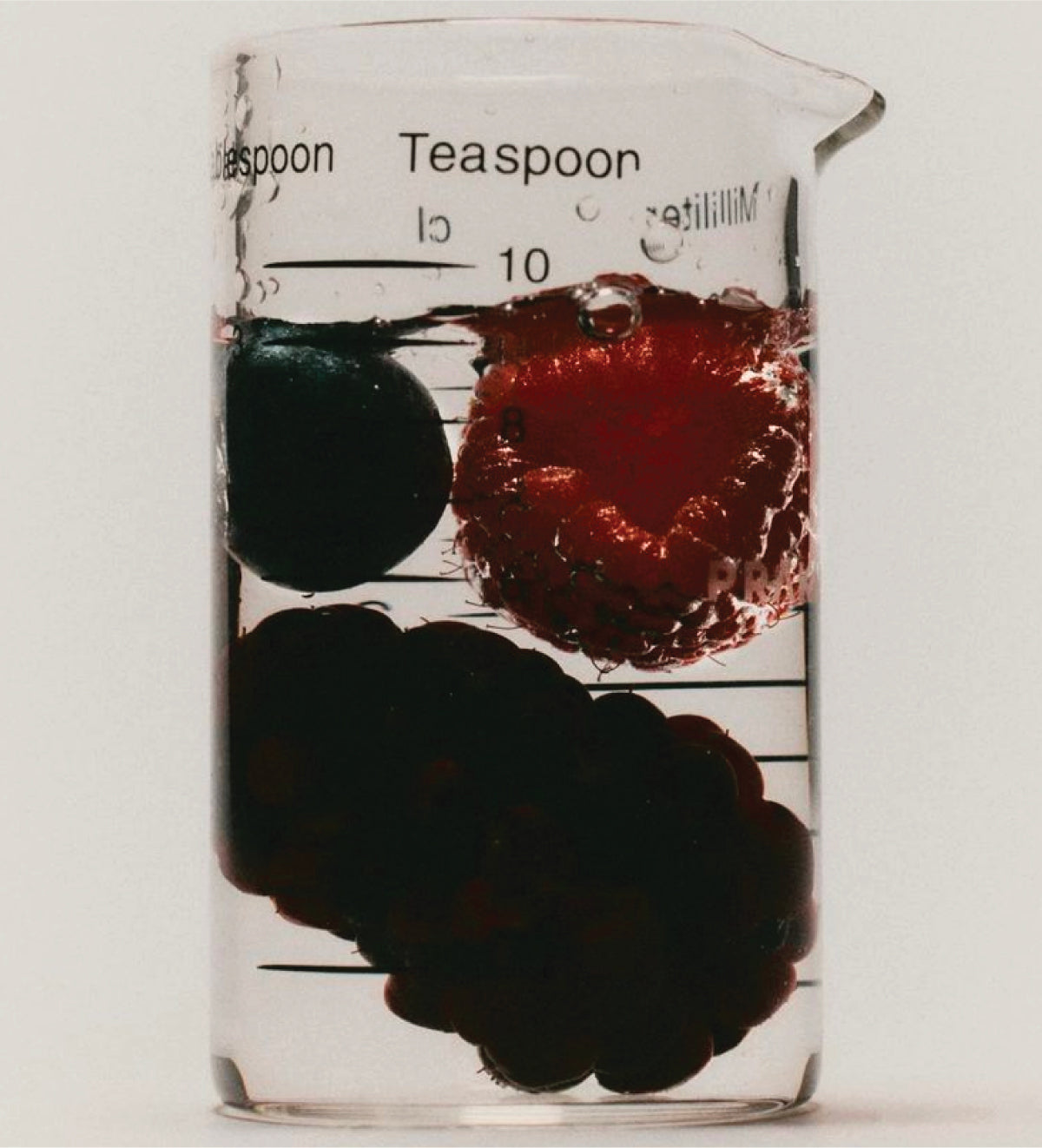Blocked & Broken
Waiting for you to text back Even though you blocked meSo many things I didn't get to sayLittle details left unappreciated Regret is learning to get oldSorry I was too carefreeDidn't read the writing...


Advanced Fragrance Classes
